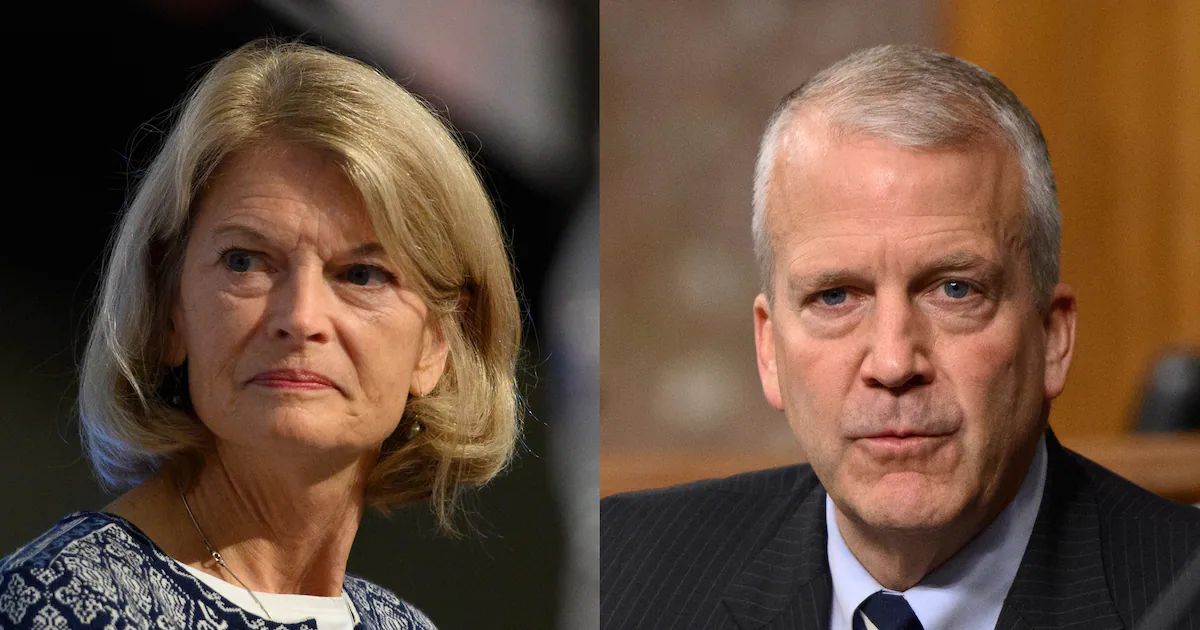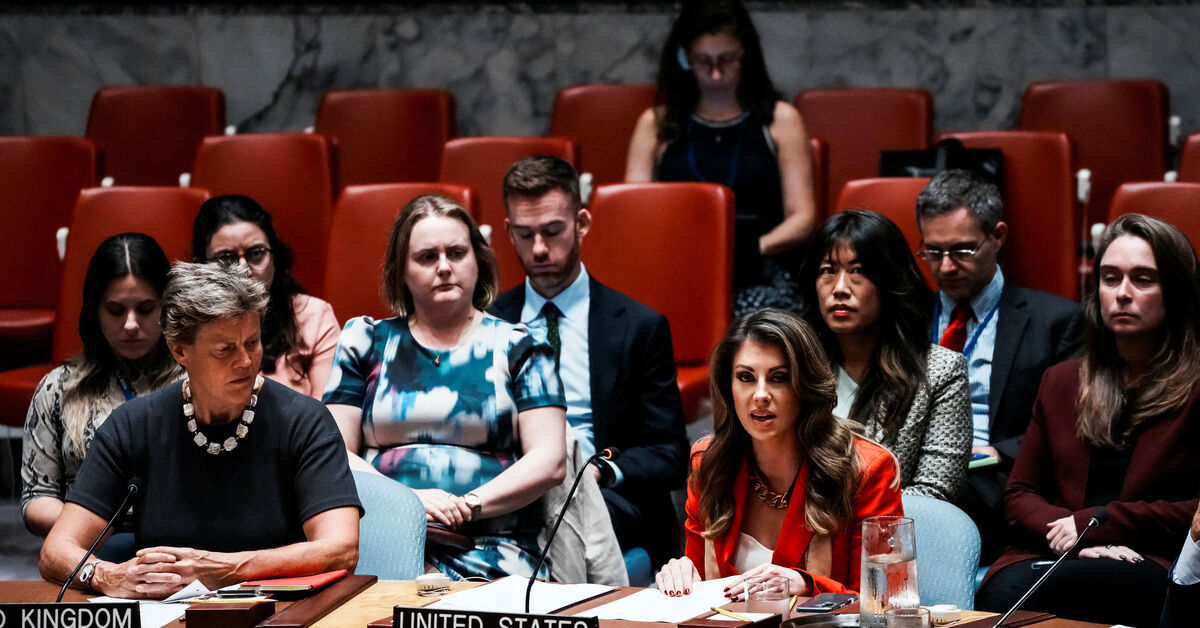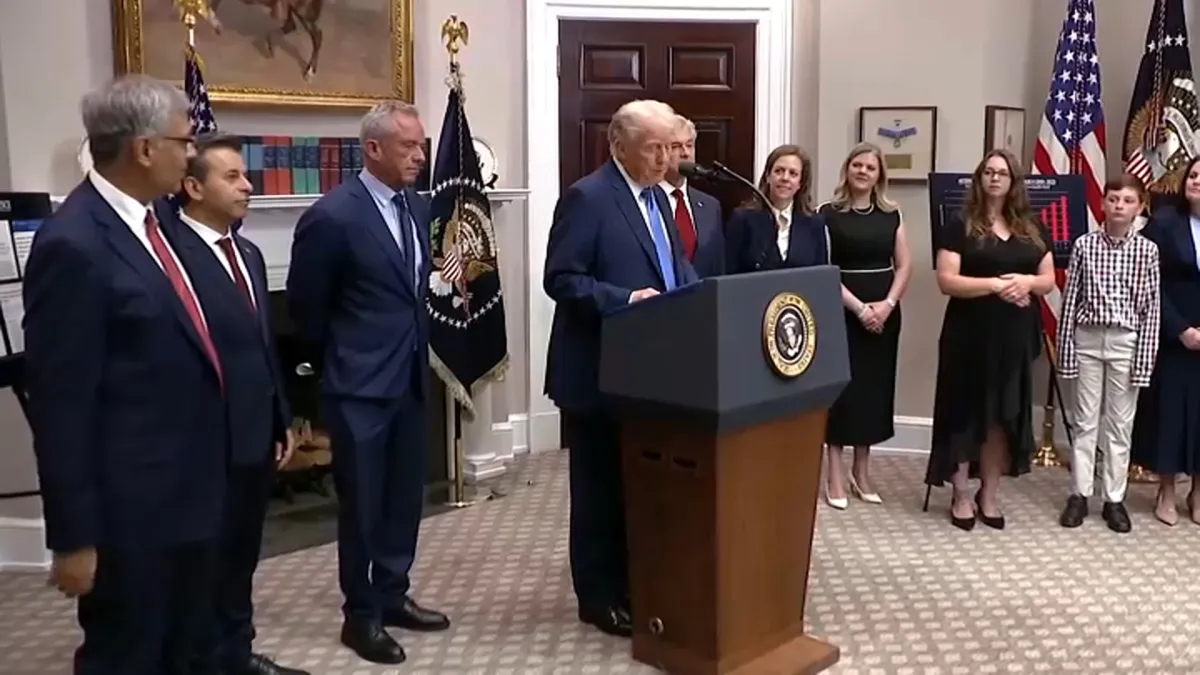
With Congress spiraling toward a shutdown of the federal government at midnight Tuesday, Alaska’s Republican U.S. senators said they will vote for the short-term funding resolution that passed in the House earlier this month to keep government open until Nov. 21.
Sen. Lisa Murkowski, who earlier in September voted against the funding resolution, said she planned to switch her vote to avoid a shutdown that she fears will result in widespread layoffs of Alaska’s large federal workforce, among other problems that include canceled payments to contractors.
Even with that planned switch, Murkowski, a Republican and often a key vote on big issues in Congress, said she’s not holding out hope that a shutdown will be avoided.
“We’re out of daylight here,” Murkowski said in an interview Tuesday. “So we’re going to go into a shutdown. And the real question now is, you know, what next? How long does this last? What might the contours of a deal be?”
Sen. Dan Sullivan said Tuesday that he hopes enough Senate Democrats will change their vote on the House funding resolution, avoiding a shutdown and extending current federal funding levels for several weeks.
[Furloughs, layoffs and more: Here are some effects of a shutdown if Congress and Trump don’t reach a deal]
That would provide time for larger questions to be addressed, including discussions on extending Affordable Care Act tax credits that make health insurance affordable for thousands of Alaskans but are set to expire at the end of this year, he said.
“Look, our top priority right now is keep the government open, fund our government services, our military, our federal workers, and to pass this short-term nonpartisan continuing resolution (providing) seven weeks,” he said.
Democrats so far have held firm to their own short-term funding resolution with requests that include reversing nearly $1 trillion in cuts to Medicaid made in the recently passed One Big Beautiful Bill Act.
Both Alaska senators said in interviews that’s an “unserious” proposal they can’t support.
Murkowski earlier in September declined to support either party’s funding resolution, but presented her own list of requests to win her support for the House’s funding resolution, including extending the Affordable Care Act tax credits.
That plan failed more than a week ago, so she’s moving to Option B — approving the House resolution — while still looking for ways to accomplish her tax-credit extension and other items she sought, she said.
A shutdown doesn’t benefit anyone and only costs the federal government more as plans to shutter offices are made and work is put on hold, Murkowski said.
“This senator is not going to be sitting back waiting for people to just come to their senses,” she said. “I’m going to talk to anybody, anywhere, about ways that we can do our job here, which is keeping the government open in a way that is good and practical for everybody, for people in Alaska and around the country, Republicans and Democrats.”
The effects of a shutdown could be painful in Alaska, with its huge federal workforce and outsized spending, Murkowski said.
“Coming from a state where we have a lot more federal workers per capita than most other states, I think we’re going to see it,” Murkowski said. “I think we’re going to feel it and this is why I feel like I have such a responsibility to engage in conversations with anybody, anywhere, about ways that we can minimize the damage.”
Murkowski fears the Trump administration is serious about its threat of mass layoffs of federal workers during the shutdown, as it continues to pursue downsizing the federal government.
“I actually think there are some in the administration who have been waiting for exactly this,” she said. “That a government shutdown gives (the Office of Management and Budget) particularly the ability, the latitude, to direct things as they will.”
“Typically, what you see in a shutdown is you have people that are deemed non-essential,” she said. “They’re not showing up, so they’re effectively furloughed, or essential ones are working and they’re not getting paid. But I think you’re going to see a reduction in force. You’re going to see termination of federal employees.”
Sullivan said his office has been preemptively weighing in with the Office of Management and Budget to limit the impacts, in the event of a shutdown, of any potential layoffs in Alaska.
Alaska’s federal workforce is a highly paid sector that counts more than 15,000 employees.



